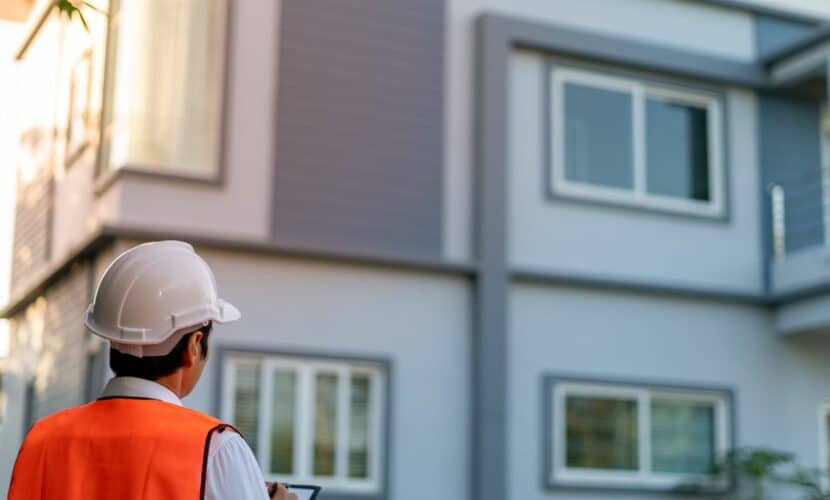
The EWS1 form was launched in 2018 after new safety regulations were introduced for cladding on residential buildings. It’s a form for lenders and valuers that certifies whether or not any residential building with cladding that is potentially combustible, has undergone a fire safety assessment.
When the EWS1 was introduced, it applied to buildings more than 18m or six storeys – the rules were changed briefly in 2020 to include residential buildings of any height, but from August 2021 an EWS1 was no longer required for buildings under 18m.
How do you get an EWS1 certificate?
In order to obtain an EWS1 certificate, the building (which must be 18m or more) has to be assessed by a qualified fire risk assessor. Once they have signed the form, it covers the entire building for a period of five years – in Scotland however, a separate EWS1 certificate is required for each flat.
When do I need an EWS1 form?
You may need an EWS1 form if you are a Leaseholder or freeholder who is selling your home or remortgaging with a new provider. It is not a legal requirement, but you may find that the mortgage provider won’t lend to you without it as it helps valuers to estimate the worth of the property. You can download an example of an EWS1 form from the RICS website. It will need to be completed by a chartered fire engineer following an intrusive survey.
Who can arrange an EWS1 certificate?
Only the building owner can arrange a fire safety assessment and EWS1 certificate – you can’t initiate the procedure if you are a Leaseholder and valuers and lenders cannot do so either. It is the owner’s duty to ensure that the building has an up-to-date Fire Risk Assessment. If your building has an EWS1 certificate, you should be able to get a copy from the owner.
Do I need an EWS1 certificate?
If you own a home in a building that has cladding your mortgage provider may ask for an EWS1 form.
What will the EWS1 certificate tell me?
An EWS1 certificate has five different grades. A covers external wall materials that are unlikely to be a fire risk and B covers cladding that contains combustible materials:
- A1 – there is no cladding or balconies that contain significant quantities of combustible material
- A2 – a risk assessment of cladding and attachments (such as balconies) has been done and found no remedial action is needed
- A3 – cladding and/or balconies are unlikely to be combustible, but remedial works may be required
- B1 – there are combustible materials, but the risk is sufficiently low not to require remediation work
- B2- the fire risk is such that remediation is required
The costs may be covered by the Developer Pledge, which is a pledge signed by 49 developers making a legal commitment to remediation works on any life-critical safety defects on properties they have developed or refurbished in England over the past 30 years. The government is currently working on plans to assist Leaseholders with unsafe cladding on lower-rise buildings.
If the building is 18m plus and has unsafe cladding, or other safety defects, it may be covered by the Building Safety Fund.
If you want to know more about EWS1 certificates and life-critical safety remediation work and funding options, contact Cladding Consulting. If you are eligible for funding, our fee will be covered by it and we can support you through the entire process, from start to finish.
